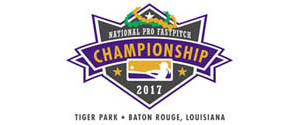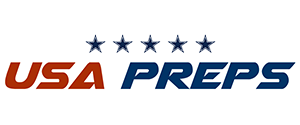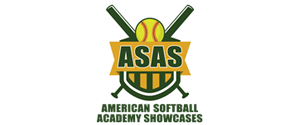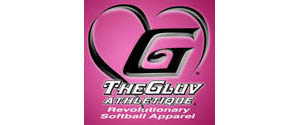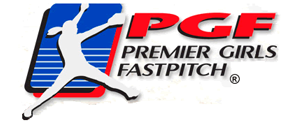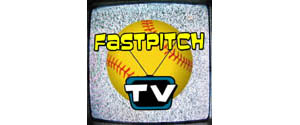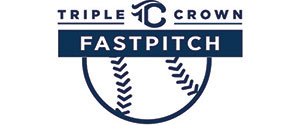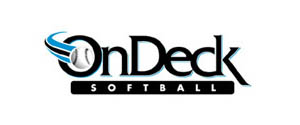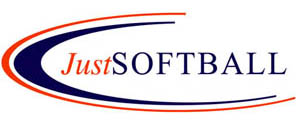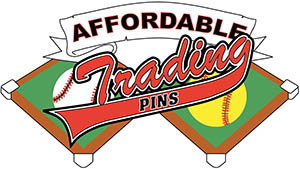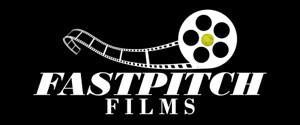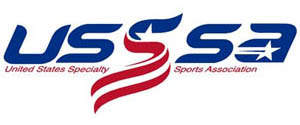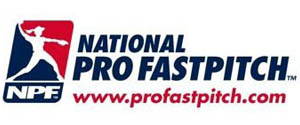slugger wrote: Again, just relaying what was said behind the scenes and actual on the field...i don't agree with some of the logic, but at least we know kinda what was being thought.
Wow. I'm not sure if I agree with
any of the logic behind those calls!

(*Disclaimer*) Making the assumption that the second-hand accounts we're getting are accurate...
On the first base play: I think we've already discredited the "Crash Rule" being applied here. If the first base umpire saw it and thought it was interference, why didn't he call it? I might guess that since the play was still less than halfway up the line, he didn't want to poach the plate umpire's call so he held off. That's usually a good rule of thumb. But if it's that blatant and obvious, and against a runner that is a few steps away from entering that umpire's "zone", I wouldn't fault the guy for calling it. Any umpire that sees this violation is allowed to call it. And I'm still wondering why the plate umpire gave a "dead ball" signal if he didn't think there was a rule violation.
On the third base play: One umpire can NEVER overrule another's call! This is right in the rule book and umpire manual and is a basic concept of umpiring. Even if the 3B umpire asked for help, he is the only one that can change the call, at his discretion. The other umpires can tell them what they saw, or what they think, but ONLY the umpire that made the initial can may change it. I'd be furious too if my partner pulled a move like that and took it upon himself to change my call. That is unsupported by rule or standard protocol.
On the home run: If the umpire really thought this was a rule violation (it's not) then he should have called it when he saw it- not after being "talked into it" by the other team. I'm shocked that he really thinks this is a rule and even more shocked that the UIC would tell him it is.
On the HBP: They did get something right. If a batter was ejected after receiving ball four, you could put in a sub and have that sub take her place on first base without further penalty. But I think that an ejection is a looong stretch here. The basic playing rules already prevent the offensive team from gaining by a batter purposely allowing herself to be hit by a pitch- she doesn't get the base award. The only way I could even imagine warning a team about this would be if they had repeatedly and obviously made efforts to let pitches contact them throughout the game- and even then, I'd be hard pressed to go that route. Just call the pitch a ball or strike according to it's relation to the strike zone and keep the batter at the plate (unless, of course, it's ball four- in which case the batter didn't gain any advantage by letting the pitch hit her anyway. If anything she has disadvantaged her own team by causing the ball to become dead, thus preventing any other runners on base from possibly advancing).





